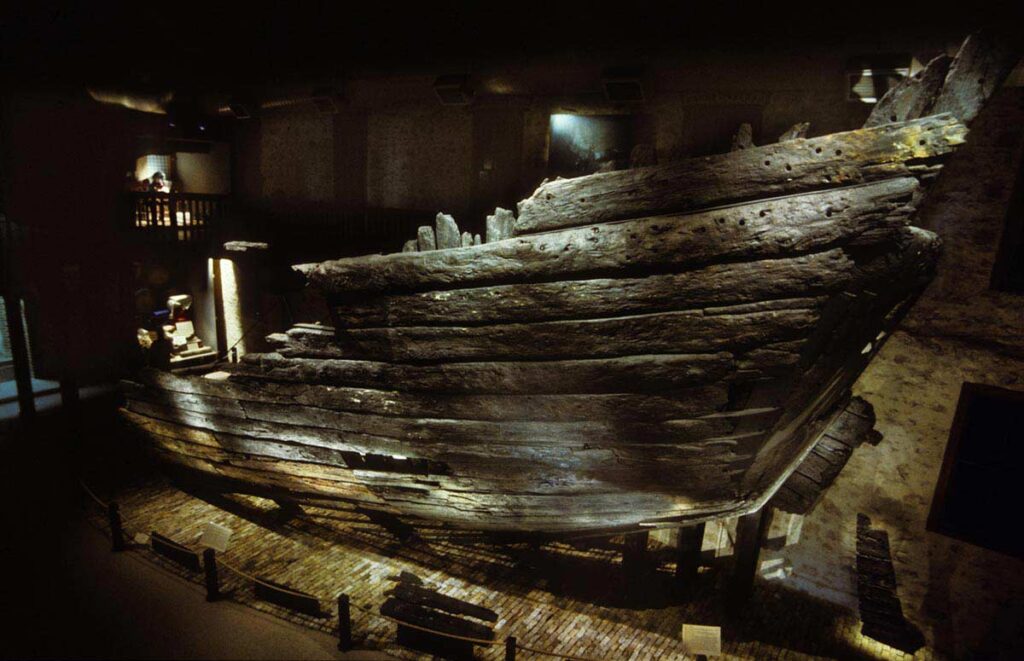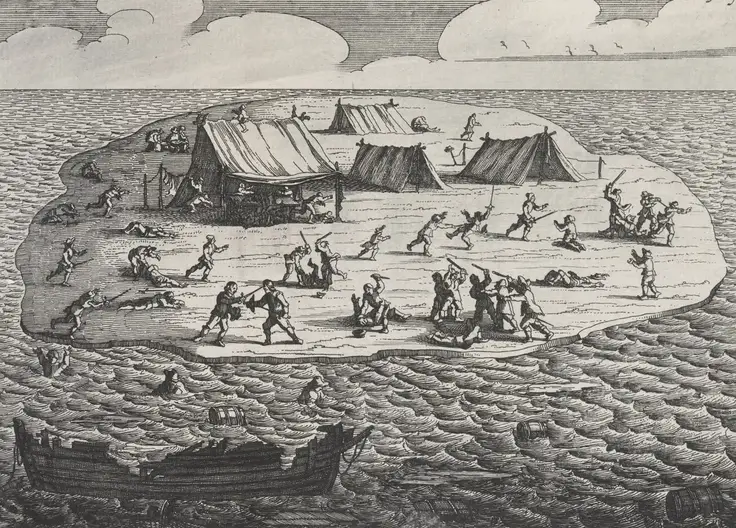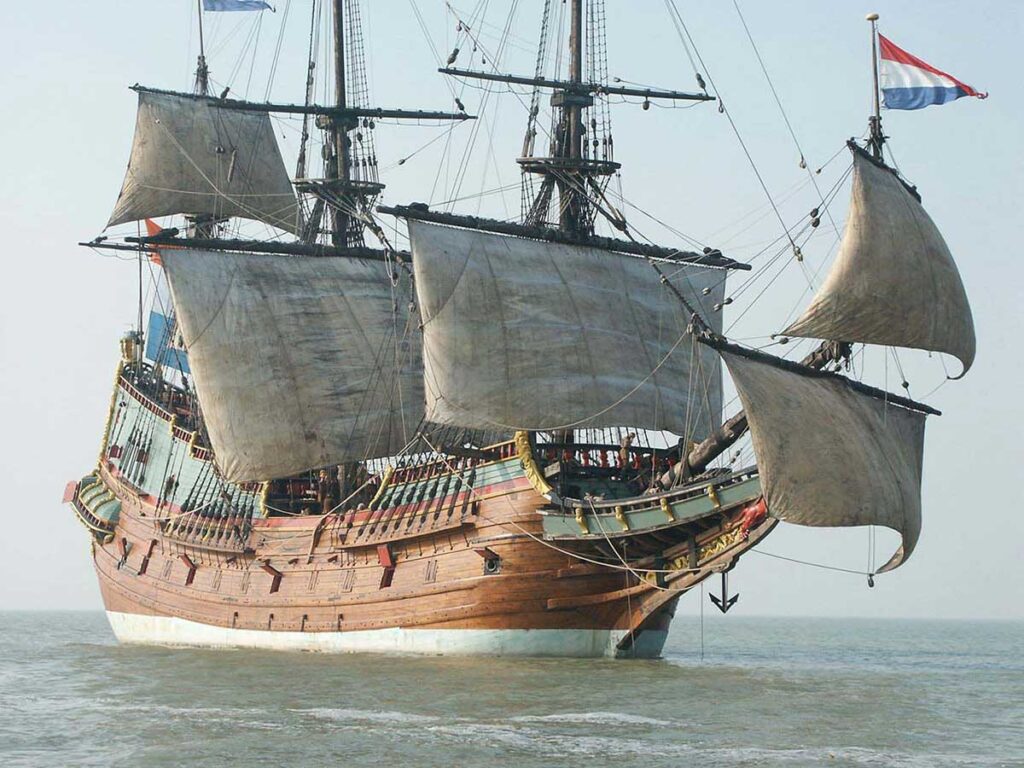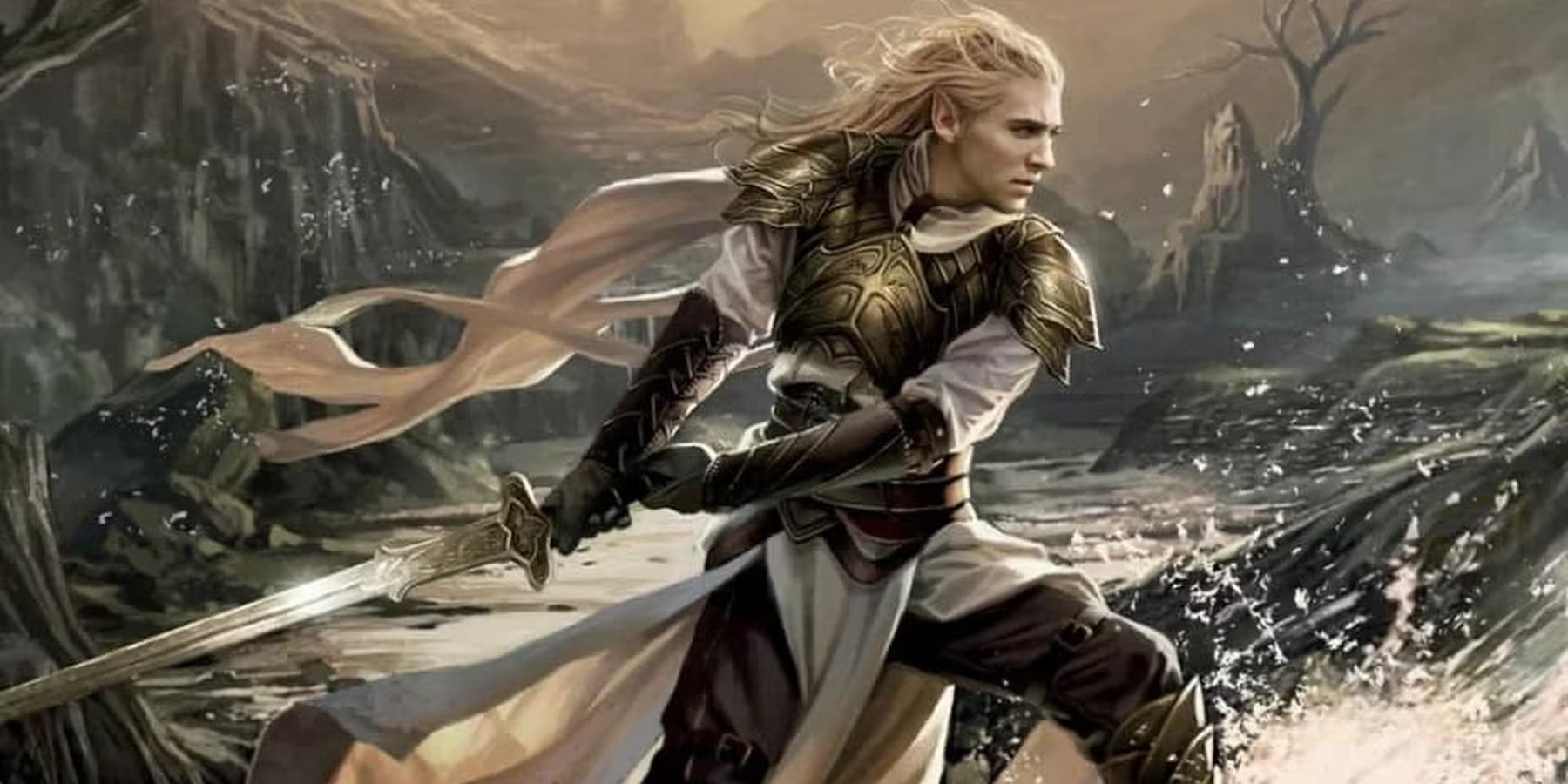Table of Contents
The Batavia Shipwreck: In 1628, the Dutch East India Company’s flagship, Batavia, embarked on a voyage destined for the lucrative spice islands of the East Indies. Laden with treasures and more than 300 souls, the Batavia was a grand symbol of Dutch wealth and ambition. But this journey would take a fateful turn, not into the bustling markets of the East Indies but onto a desolate reef off the coast of Western Australia. The story of the Batavia’s wreck and the events that followed reveal something chilling about human nature and what happens when the fabric of civilized society frays and ultimately unravels.
When the Batavia met disaster, it wasn’t an isolated incident of shipwreck survival; it became a tragic social experiment. As survivors struggled on barren islands with limited resources, the veneer of order dissolved. The men who had once operated within the rigid hierarchy of the Dutch East India Company now found themselves in an ungoverned world, and it didn’t take long for chaos to take hold.
The Wreck and the Harrowing Start of Survival
The Batavia’s crash was brutal and swift. In the early hours, the ship struck a reef, leaving little time for a calm evacuation. With waves crashing over the deck and desperation rising, survivors scrambled to reach the surrounding islands. What they found upon arrival, however, was far from a refuge. These islands were barren, without fresh water or vegetation, offering little to the hundreds of stranded men, women, and children clinging to hope for rescue.
In those early days, survival was a matter of rationing and sheer endurance. A few supplies were salvaged from the wreck, but they would only last so long. The company’s upper ranks—officers, soldiers, and merchants—did what they could to establish a semblance of order, but the stress of starvation and the vast, empty ocean horizon gnawed at them. To keep morale high and maintain some order, Commander Francisco Pelsaert decided to take a small boat to Java in search of help. The men he left behind would have to wait, struggling each day to survive in the unyielding landscape.
Imagining the strain these people endured, the thought arises: what happens to the human psyche when isolated from society’s structure and thrust into life-or-death conditions? It’s easy to assume we’d remain civil, helping one another, but the story of the Batavia shows otherwise. With rescue uncertain and resources scarce, primal instincts began to surface, eroding the thin line that separates us from savagery.
Descent into Anarchy: The Rise of Jeronimus Cornelisz
In the vacuum of leadership left by Pelsaert, Jeronimus Cornelisz, a man with disturbing ambitions, rose to power. Cornelisz was an apothecary by trade, but his ambition was far from healing. Seizing upon the vulnerable state of the survivors, he began building his own twisted empire. Seeing the wreck as an opportunity rather than a disaster, Cornelisz orchestrated a takeover, recruiting a group of loyal followers willing to enforce his brutal reign.
Cornelisz systematically dismantled the social structure, sowing fear and rewarding loyalty to his command with violent authority. He manipulated followers, promising protection or food, knowing they were desperate for any sense of stability. But his version of stability was cruel; it involved the calculated murder of those he deemed unnecessary, including the sick, the elderly, and even children. His grip tightened as he executed or drove away anyone who questioned him, turning the island into a fiefdom of fear.
Reflecting on Cornelisz’s actions reveals something chilling about power and isolation. Within society, individuals like Cornelisz might hide behind civility, their darker inclinations subdued by societal norms. But when accountability vanishes, as it did on that island, those dark ambitions are free to surface. Cornelisz’s rise is a sobering reminder of how easily a lack of structure can allow ruthless leaders to take control.
What’s particularly disturbing is how readily some of the men followed him, either out of fear or the allure of power. This story illustrates a grim truth about human behavior under pressure: when we’re stripped of security and familiarity, even those with a moral compass can be tempted or forced to follow a leader who promises survival at any cost.
The “Batavia War”: Rebellion and Survival
Not everyone on the island submitted to Cornelisz’s tyranny. A soldier named Wiebbe Hayes led a small faction that rebelled against his rule. Hayes and his group managed to escape to a neighboring island, where they dug in, fortifying themselves and creating their own stronghold. This “Batavia War” turned into a bloody standoff between Cornelisz’s followers and Hayes’ rebels, each group fighting for survival.
What stands out here is Hayes’s refusal to submit to fear. Despite limited supplies and the ever-present threat of Cornelisz’s forces, Hayes and his group defended themselves, displaying resilience and courage that feels almost heroic in the face of such horror. Their willingness to resist Cornelisz’s rule showcases another aspect of human nature—the capacity to stand firm even when survival is uncertain.
Reflecting on this part of the story, it’s striking how quickly society divided along lines of power, even in a life-or-death situation. For Hayes and his men, survival wasn’t just about food or shelter but preserving a sense of moral integrity. In some ways, their actions served as a reminder that even in dire circumstances, people can choose courage and resistance over submission.

Europe’s First Landfall on Australian Soil: A Grim Legacy
The Batavia shipwreck marked the first recorded instance of Europeans setting foot on Australian soil, though not in the way history textbooks often celebrate. This was no discovery filled with excitement and new beginnings; rather, it was a tale of violence and brokenness. The survivors’ presence on Australia was marked by infamy and tragedy, not triumph. When Commander Pelsaert returned with help, he was horrified by what he found—dozens dead, with Cornelisz and his men ruling with a bloody hand.
Pelsaert wasted no time in meting out justice. Cornelisz and his key accomplices were captured, and punishments were swift. Some were hanged on the very land they had terrorized, marking Australia’s soil not with the steps of explorers but with gallows. This somber “first contact” casts a long shadow over the European arrival, a legacy of blood and brutality rather than exploration and discovery.
Reflecting on this, there’s a certain irony that the first European encounter with Australia was one of vengeance rather than diplomacy. It underscores how the narratives of “discovery” often ignore the darker sides of human behavior, especially when those behaviors are marked by violence, betrayal, and exploitation. In this case, Australia’s introduction to European presence was one of swift punishment, a grim reminder that chaos doesn’t last forever.

The Legacy of the Batavia: Lessons in Humanity and Society
The wreck of the Batavia leaves us with lessons that feel disturbingly relevant even today. This story shows us what happens when the structures we rely on vanish, leaving us to face our instincts. Without societal rules and accountability, people can quickly devolve into violence and self-interest. Cornelisz’s reign of terror reflects how power can corrupt absolutely in the absence of order, while Hayes’s rebellion offers hope, a testament to human courage and integrity.
It’s tempting to view this tale as an isolated incident from a harsh past, but it serves as a timeless reminder of the frailty of societal order. When the rules disappear, when normal life no longer applies, we’re forced to ask ourselves: what would we do? The Batavia shows us that in the struggle for survival, people can become either ruthless or resilient, corrupt or courageous.
As a historical incident, the Batavia shipwreck remains etched into Australia’s grim early encounters with Europeans. Yet it’s not simply a tale of chaos and murder. It’s a narrative about the nature of power and the importance of moral resilience, even when everything seems lost. This haunting legacy of the Batavia stands as a cautionary tale, reminding us of our responsibility to uphold values, even when circumstances might justify abandoning them.
Conclusion
The Batavia’s wreck is more than a footnote in maritime history; it’s a mirror held up to humanity. The savagery that unfolded on those barren islands is not a comfortable story to recount, but it serves as a powerful reminder of our dual capacities for both depravity and decency. When the rules fade, we can either descend into chaos or stand together, and the choice between these paths defines who we are.
The Batavia is a tale of darkness and of the resilience of the human spirit—a testament to both the worst and best aspects of humanity. History may be filled with stories of bloodshed and betrayal, but they teach us, even centuries later, that when rules fall away, our moral compass must be our guide, lest we fall to our basest instincts.
How useful was this post?
Click on a star to rate it!
Average rating / 5. Vote count:
No votes so far! Be the first to rate this post.
Author
-
Anthony Ernst is the Owner of ThreeSphere Websites, bringing over 16 years of experience in web development and digital strategy. Beyond the screen, He is a dedicated family man, a married father of five who thrives on balancing work, play, and personal growth. On Futura Feed, Anthony shares insights from his diverse passions, blending technology, strategy, and personal development.
View all posts Web Developer








Very thankful that you wont catch a person like me at sea, it would be a harrowing experience to be in the same position as those men. Makes me grateful we live in a fairly peaceful time. Great Article!